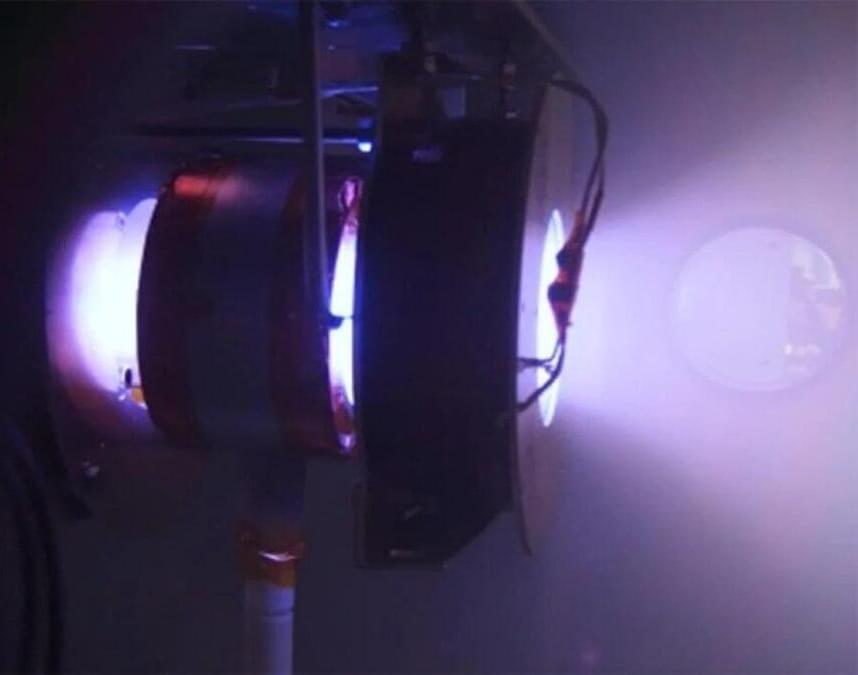University of Missouri researchers made the discovery while using bioluminescent imaging technology to study how nicotinamide riboside supplements work inside the body.
Commercial dietary supplements like nicotinamide riboside (NR), a form of vitamin B3, were linked to benefits related to cardiovascular, metabolic, and neurological health in previous studies. However, new research from the University of Missouri (MU) has found NR could actually increase the risk of serious disease, including developing cancer.
Supplements containing nicotinamide riboside are often marketed as NAD+ boosters claimed benefits including increased energy, anti-aging/longevity/healthy aging, improved cellular energy metabolism and repair, increased vitality, and improved heart health.




